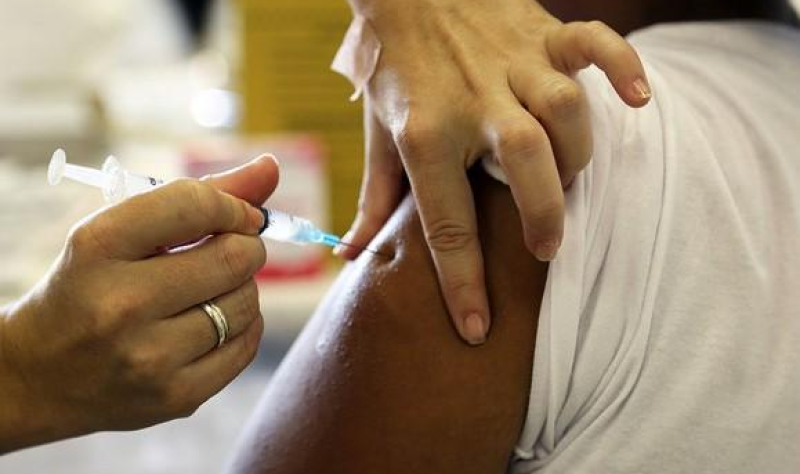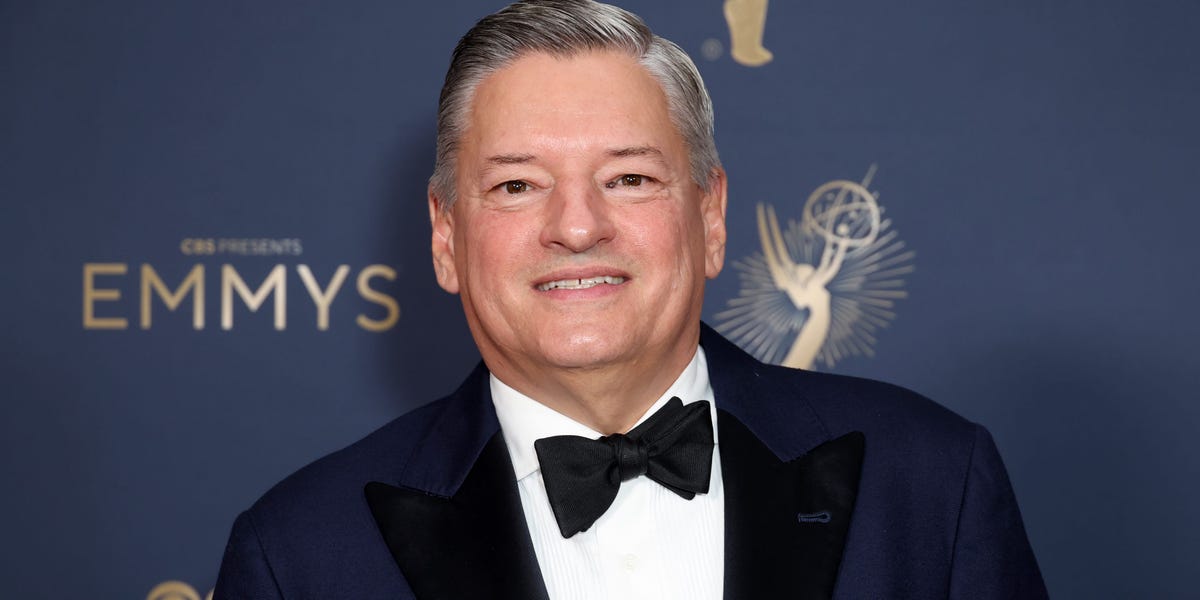- A new study reports that weight loss medications may not be as effective for people with emotional eating issues.
- Weight loss drugs work by suppressing hunger, so they may not be as beneficial for those who overeat due to depression, boredom, or anxiety.
- Experts say healthcare professionals should assess a person’s relationship to food before prescribing weight loss medication or recommending bariatric surgery.
Weight loss drugs are not as effective when used by people with eating habits that are tied to emotions such as depression or anxiety.
In their study, researchers reported that GLP-1 medications such as Ozempic were more effective for weight loss in people who tend to overeat because of the appearance and smell of food, compared to people who overeat due to emotional issues.
The researchers said their findings suggest that healthcare professionals should assess a patient’s eating behavior patterns and treat those issues before prescribing weight loss medications.
“GLP-1 receptor agonists are effective for individuals who experience weight gain or elevated blood glucose levels due to overeating triggered by external stimuli. However, their effectiveness is less expected in cases where emotional eating is the primary cause,” said Daisuke Yabe, MD, a professor of medicine at Kyoto University in Japan and a senior author of the study, in a statement.
Experts not involved in the research agree that psychological issues should be addressed before a person is prescribed a weight loss drug or undergoes bariatric surgery.
“It’s not just about overeating. We need to address underlying issues first,” said Mir Ali, MD, a general surgeon, bariatric surgeon and medical director of MemorialCare Surgical Weight Loss Center at Orange Coast Medical Center in California.
“Everyone is different,” added Zhaoping Li, MD, a professor of clinical medicine at the University of California Los Angeles. “We need to learn who a patient is and what their reason is for overeating.”
Kristin Kirkpatrick, a dietitian at the Cleveland Clinic Department of Wellness & Preventive Medicine and the president of KAK Consulting, said this latest research provide some valuable insights.
“This was a small study but showed an interesting take away related to emotional eating and success in weight loss,” she told Healthline.
“As a clinician with many patients on these drugs, the takeaway for me would be what education, support could potentially be given alongside the drug to help foster more mindful, intuitive eating patterns that may assist once the individual is off the drug.”
For their study, the researchers monitored 92 people in Japan with type 2 diabetes who were beginning treatment with GLP-1 drugs.
They tracked the participants’ progress at the beginning of their treatment, three months into the treatment, and 12 months after treatment began.
They collected data on the study subjects’ body weight, body composition, diet, and relevant blood markers such as glucose and cholesterol levels.
The scientists honed in on three different types of eating habits.
- Emotional eating, where people eat in response to negative emotions.
- External eating, where people eat because of the way food looks or smells.
- Restrained eating, where people control their diet to lose weight.
The researchers reported that the participants overall saw reductions in body weight, cholesterol levels, and body fat percentages during their year of treatment. Blood glucose levels also improved, but the changes were not statistically significant.
However, the researchers said the results were more pronounced for people with external eating habits than for those with emotional or restrained eating patterns.
They added that people with external eating issues had sustained changes in their eating habits while people with emotional or restrained eating patterns had returned to their baseline habits after one year.
Li said people’s dietary patterns are a complicated matter. She said people can overeat due to boredom, stress, or anxiety.
“Eating is a complex behavior,” she told Healthline. “People overeat for many reasons.”
Ali noted that it can be difficult for a physician to diagnose emotional issues, so he suggested that those with potential eating issues be seen by a psychologist before any treatment is recommended.
He pointed out that GLP-1 drugs work by reducing hunger impulses, but if a person is overeating for emotional reasons, then medications and surgery might not be the best place to start.
“Suppressing hunger may ultimately not be that effective for some people,” he told Healthline.
Li said it’s important for patients to know what they are up against.
“We need to help people recognize the challenges,” she said. “We need to help people better understand the cues.”
Kirkpatrick said she approaches eating patterns differently depending on a person’s particular issue.
“Food can alter the way we feel, making us feel calm, or relaxed but many of the foods chosen when eating emotionally are not nutrient dense options, so the feeling, or benefit, is short term followed by a crash and a need to consume more of the food to feel calm again,” Kirkpatrick explained.
“It can be a vicious cycle because the food never really heals and only provides a crutch that could lead to various other adverse outcomes due to a low nutrient-dense, high ultra-processed food dietary pattern.”
For external eating issues, it’s more centered on the cues to which a person reacts.
“I have patients that will get in their car to pick up emotional eating foods (think fast food, pizza, ice cream) so the cue is not necessarily in the house, but they are thinking about it, craving it,” Kirkpatrick said. “For others, it could be that they see, smell, or around a food and that is all it takes to consume it in excess. This is why dealing with the root causes of emotional eating is so important.”
For restricted eating habits, it’s more about how food is viewed.
“Part of a mindful, intuitive eating approach often means allowing foods into the diet every once in a while versus saying I can never have that food and then binging on it and feeling guilty afterward,” Kirkpatrick said.
“I like to look at food as not good or bad, but choices that nourish our mind, body, and soul versus those that don’t. It’s not that we can never have the cookie or the fast-food item. Learning to include them every once in a while, still maintaining a nutrient-dense diet 80% of the time, may often be a better solution.”
The Centers for Disease Control and Prevention (CDC)
The percentage of obesity prevalence is about the same for males and females. People ages 40 to 59 have the highest percentage among age groups.
Obesity is a chronic condition that usually results in an excess of body fat. It is generally diagnosed in males with a waist circumference of more than 40 inches and in females with a waist circumference of more than 35 inches. A body mass index (BMI) of 30 or greater is also common.
Obesity can raise a person’s risk of developing a variety of health conditions. They include:
There are a variety of medications that can be prescribed to help treat obesity.
In recent years, weight loss drugs containing the active ingredient semaglutide, such as Ozempic and Wegovy, as and drugs containing the active ingredient tirzepatide, such as Zepbound and Mounjaro, have been used as treatments for obesity and type 2 diabetes.
“Many of my patients say that the elimination of food noise is a game-changer when taking these medications – that the medication does in fact assist with emotional eating,” she explained.
“However, their fear comes with the potential impact that could occur when and if they no longer take the medication and go back to the challenges they faced prior to starting the medication.”












